Rain, but dryish later.
Bell Heather has suddenly opened everywhere. Erica cinerea. Purple Heather is still in bud.

Larvae of the Cinnabar Moth are already swarming over the Ragwort plants. Ragwort contains toxins (as all farmers and horse-owners know) that are absorbed by the larvae. They retain these toxins - even as adult moths - and the bright red adult colouration is therefore a warning sign. Note that the larvae contain the normal 'warning signal' of yellow and black stripes.
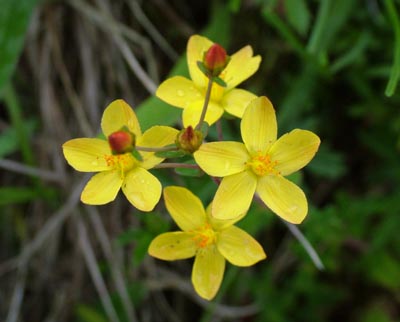
Slender St. Johns Wort in a top-down view, showing the arrangement of flowers in a pattern that allows them all to gain maximum sunlight. Those two red buds will almost certainly rotate anticlockwise by about 45 degrees in order to maintain the system.
Two occupied pupal cases of Ladybirds on Creeping Buttercup. I've taken these specimens to see if the different pupal skin leads to a different adult colouring. 7-spot, I think, given size.

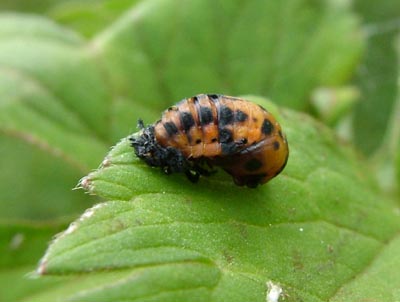
Late result: 7-spot Ladybirds. Pupal skin colour doesn't affect the colour of the adults.
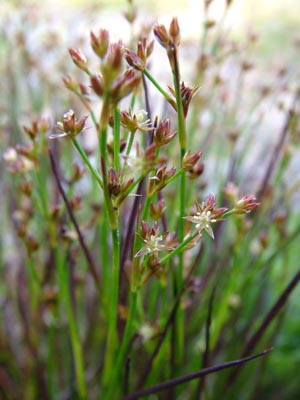
These Jointed Rushes are very attractive if you look carefully at the flowers. Juncus articulatus.
One of the Ciixidae with a nearby raindrop.
I always think these Common Centaury plants are fascinating with their almost-two-dimensional flower spikes.
Seedpods of the Dog Violets appear to be taking some time to appear this year. Maybe there's just so much else going on, with all the unusually good weather.
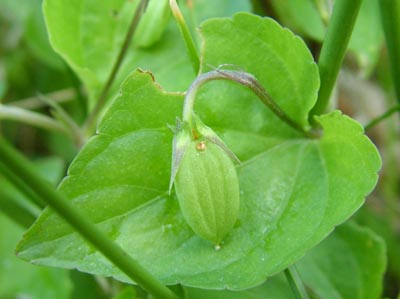
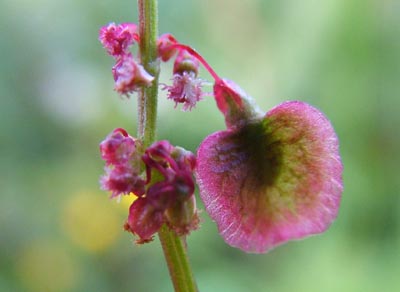
These 3-winged seeds of Common Sorrel are an excellent colour.
The nymph of a Capsid. Very common on Knapweed heads.

This specimen of Northern Marsh Orchid is at its peak about a month later than the first specimens I saw.
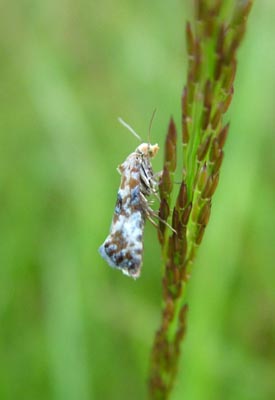
Some of the micromoths really do exceed the beauty of their macro counterparts. No id, yet.